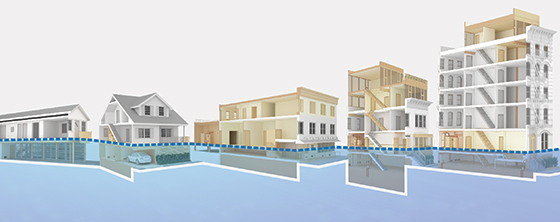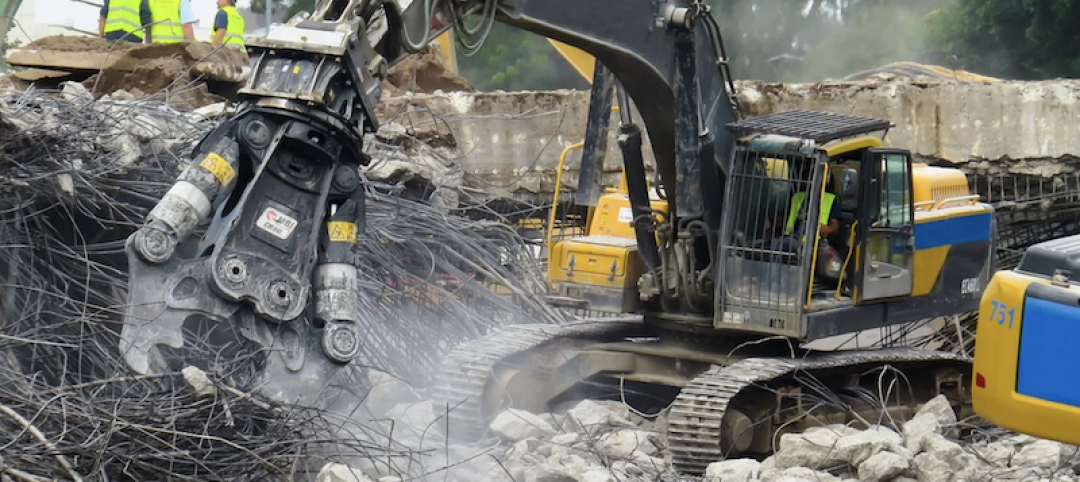The New York City Department of City Planning (DCP) has released "Retrofitting Buildings for Flood Risk," a comprehensive guide for New York City owners of buildings in flood zones.
Part of the city’s response to widespread flooding as a result of Hurricane Sandy, the manual offers retrofitting strategies that will enable home and property owners to reduce the risk of damage and disruption from coastal flooding.
Recent Congressional legislation reforming the National Flood Insurance Program will increase flood insurance premiums for buildings that are not retrofitted, according to a city press release. These increased premiums will directly impact neighborhood stability and housing affordability, especially for working class New Yorkers, the release says.
The manual contains some simple and low-cost actions New Yorkers living in the flood zone can take now to begin to adapt and protect their homes against flooding.
“Incorporating these improvement will help protect our city’s buildings against potential future extreme climatic events,” says Department of Buildings Commissioner Rick D. Chandler. “The Department of Buildings will provide dedicated plan examiners and inspectors to work with and support home and business owners in redesigning their structures to meet the new federally mandated guidelines.”
Related Stories
Codes and Standards | Dec 5, 2019
USGBC unveils vision for LEED Positive
Roadmap will lay foundation for a future LEED that is regenerative.
Codes and Standards | Dec 5, 2019
Report shows reducing embodied carbon can save money and help mitigate climate change
Embodied carbon now accounts for 11% of global greenhouse gas emissions.
Codes and Standards | Dec 5, 2019
Dubai, London and New York are 2019’s ‘Construction Mega Cities’
From 2007 to 2025, GlobalData expects the cities’ combined gross domestic product (GDP) to increase by more than US$8 trillion to US$20.4 trillion.
Codes and Standards | Dec 2, 2019
New GBCI certification recognizes expertise in sustainability
Provides third-party verification of competency to ‘making the world more economically, socially, and environmentally sustainable.’
Codes and Standards | Dec 2, 2019
New tool allows users to learn how to reduce embodied carbon
Calculator delivers first digitized EPDs.
Codes and Standards | Dec 2, 2019
Trade group challenges St. Petersburg, Fla., ordinance on construction contract mandates
Legality of requirement to hire apprentices, disadvantaged workers at issue.
Building Owners | Dec 2, 2019
What building owners and AEC teams need to know about New York’s Climate Mobilization Act
On April 18, 2019, the New York City Council passed the Climate Mobilization Act, a suite of laws aimed to meet the city’s commitment to achieving carbon neutrality by 2050.
Codes and Standards | Nov 26, 2019
Updated ASHRAE standards focused on ventilation design, air quality in residential applications
Standard 62.1 and 62.2 updates provide new tables of ventilation rates per unit area.
Codes and Standards | Nov 25, 2019
Real estate professionals say coworking is not a flash in the pan
More than 60% say coworking space is in their portfolios.
Codes and Standards | Nov 22, 2019
Utility’s proposal threatens California’s rooftop solar mandate
Would allow customers to use solar farms instead of installing their own PVs.

















